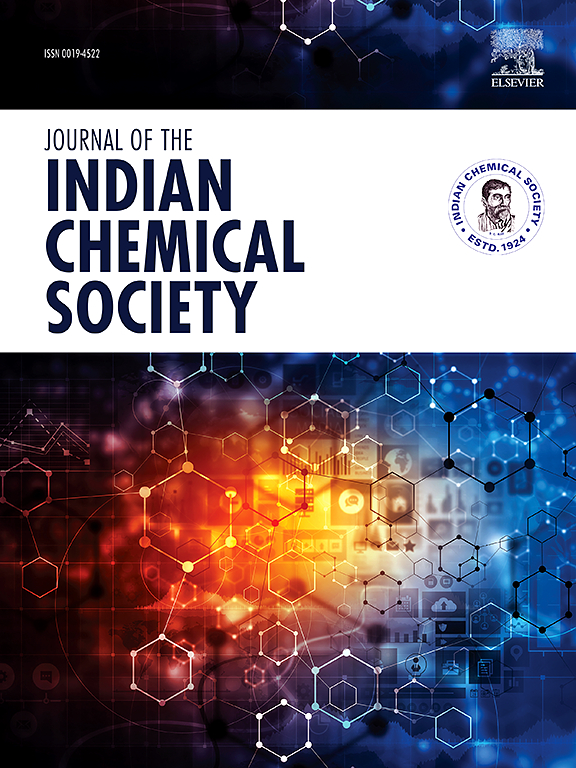Inspection the impact of mixing and external resistance on the Microbial Desalination Cell for electricity generation and desalination efficiency by using Macroalgae as a bio-cathode
IF 3.2
4区 化学
Q2 CHEMISTRY, MULTIDISCIPLINARY
引用次数: 0
Abstract
Microbial desalination cell (MDC) is a promising and effective desalination method for water treatment and electric power production. Three different external resistances were studied in this research (50, 100 and 150 kΩ) with two concentrations of NaCl (15 and 25 g/L) for each resistor, and the maximum voltages generated were 71, 167 and 202 mV, respectively. The maximum NaCl removal rate from the middle chamber increased from 0.164 g/L/h to 0.226 g/L/h when the external resistance was 150 kΩ for 15 and 25 g/L, respectively. The presence of mixing in the desalting chamber resulted in a maximum voltage of 256 mV with 150 kΩ, a desalting efficiency of 42 % and a removal efficiency of 25 % after 48 h of operation for the bio-cathode. For the chemical catholyte, the maximum voltages obtained were 238, 385 and 442 mV for 50, 100 and 150 kΩ, respectively; the maximum NaCl removal efficiency was 31 % and 33 % for 15 and 25 g/L with 150 kΩ, respectively. This study investigated the possibility of finding a description and equation for COD removal from wastewater in the anode chamber using the Design Experimental® program. The maximum COD removal efficiency obtained was 51 % after 24 h of operation. These findings underscore the potential of MDCs as efficient, sustainable technologies for water treatment and energy production.

求助全文
约1分钟内获得全文
求助全文
来源期刊
CiteScore
3.50
自引率
7.70%
发文量
492
审稿时长
3-8 weeks
期刊介绍:
The Journal of the Indian Chemical Society publishes original, fundamental, theorical, experimental research work of highest quality in all areas of chemistry, biochemistry, medicinal chemistry, electrochemistry, agrochemistry, chemical engineering and technology, food chemistry, environmental chemistry, etc.

 求助内容:
求助内容: 应助结果提醒方式:
应助结果提醒方式:


